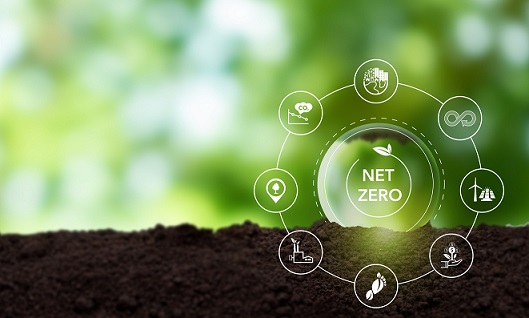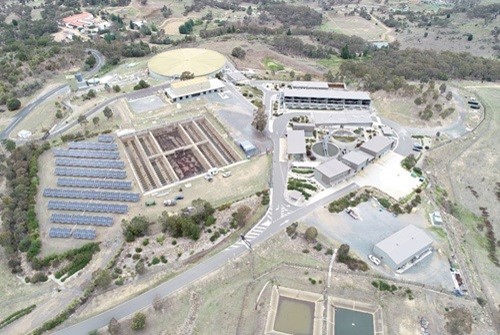Climate change
Mitigation
As part of our eMission Possible Plan, we are committed to achieving net zero greenhouse gas emissions by 2045 (based on 1990 levels). We have developed a clear pathway to reach this goal, which includes progressive interim targets aligned with the ACT's climate change strategy. This ensures our actions remain focused, measurable and impactful.

We follow the carbon hierarchy by prioritising the avoidance and reduction of emissions through thoughtful design and process improvements. Where emissions can’t be eliminated, we transition to renewable energy sources.
If we can't avoid, reduce or transition - we turn to sequestration* and carbon offsets.
* Sequestration is the process of capturing carbon dioxide from the atmosphere and storing it in reservoirs such as plants.
Adaptation
We are also taking steps to manage the impacts of climate change through our Climate Change Adaptation Plan. This plan outlines our approach to strengthening resilience against current and future climate risks, while ensuring the continuity of our essential services.
Our response to climate-related risks and opportunities includes:
Renewable energy
Gravity
We harness gravity wherever possible to reduce the need for energy-intensive pumping.
Bendora Reservoir is an excellent example! It sits at a higher elevation than our water treatment plant on Mount Stromlo, so we’re able to transport raw water over several kilometres using gravity alone.
Hydro
We operate four mini-hydro electricity generators that produce up to 2.5 megawatts of renewable energy. These generators help reduce our reliance on fossil fuels while also lowering electricity costs.
Click the links below to find out more about our mini-hydro systems:
Solar
We have installed 1.4 megawatts of solar photovoltaic systems across multiple sites in Canberra. These renewable energy sources play a key role in strengthening our energy resilience and supporting the ongoing decarbonisation of the region’s electricity supply.

Biomass
We recover embodied energy and capture heat from organic biosolids during our wastewater treatment process.
This not only reduces our carbon footprint but also produces a valuable byproduct called Agri Ash, which can be beneficially reused.
Fugitive greenhouse gas emissions research
The ACT’s electricity grid is powered entirely by renewable energy, so we’re turning our focus to reducing fugitive nitrous oxide emissions from wastewater treatment.
Through research partnerships with the University of Queensland and collaboration with our peers, we’re working to deepen our understanding of treatment processes, inform future infrastructure investments and contribute towards global efforts to address this environmental challenge.
Carbon offsets
Our emissions management is guided by a carbon hierarchy where our order of preference is to: avoid, reduce, substitute, remove, and then (as a last resort) offset carbon emissions.
When offsets are required, we use carbon credits generated from our 1,285-hectare property near Tullamore, NSW (west of Forbes). Registered as a carbon offset in 2010, we transformed this former sheep station into an environment that now supports eucalyptus forest regeneration.
Drone footage of Lorraine Offset Property near Tullamore.
Sustainability reporting
We are preparing for mandatory sustainability reporting of climate-related risks and opportunities from the 2025–26 financial year onward.
Over time, our annual reports will incorporate disclosures aligned with the Australian Sustainability Reporting Standards. These disclosures will focus on governance, strategy, risk management and performance metrics.
